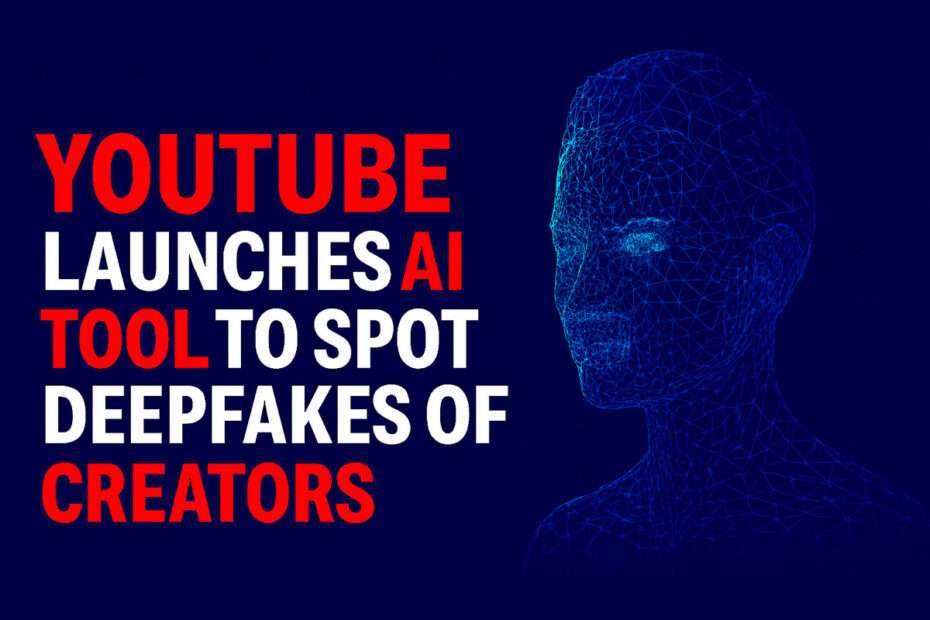In response to the surge of AI-generated deepfakes, YouTube is deploying a new detection system to safeguard creators. The feature, available to verified YouTube Partner Program members, scans for AI-replicated faces and voices. It gives creators direct control to review and report such content, reinforcing the platform’s stance on authenticity and consent in digital media.
This new system uses advanced face and voice recognition tools to spot AI-generated content across YouTube’s massive library. After a creator signs up, the system keeps an eye on new uploads, comparing them to that creator’s reference profile, much like how YouTube’s Content ID works for detecting copyrighted material.
YouTube says this update comes in response to the growing wave of realistic fake videos and audio clips. The goal is to stop impersonations that might trick viewers or make it seem like a creator is promoting something they actually aren’t.
To turn on these protections, creators need to go through a quick identity check. They’ll give consent for data processing, scan a QR code, and upload a government ID along with a short selfie video. That video helps the system learn to recognize their face accurately. YouTube says the information is securely handled and verified on Google’s servers, and the whole process usually takes a few days before it’s activated in YouTube Studio.
After signing up, creators get access to a dashboard that shows any videos the system thinks might be using their likeness. It lists details like the video’s title, the uploader’s channel, view count, and subscriber numbers, plus YouTube’s confidence rating on whether the content was made with AI.
When the system finds a possible match, creators have a few choices. They can ask YouTube to remove the video under its privacy policy, file a copyright claim if their content or voice was used without permission, or just archive the alert for future reference.
YouTube has been clear that the technology is still in development. In its early phase, the system may not always recognize the difference between a creator’s genuine content and an AI-generated copy. The company says improvements to the detection algorithms are ongoing to boost accuracy.
For the initial phase, YouTube just took its new anti-impersonation system live for real. It first tested the feature late last year with about 5,000 creators through a pilot run with the Creative Artists Agency, including a bunch of well-known names who often get faked online. YouTube’s Jack Malon says the first wave is focused on people who’ll “benefit most right away.” The plan is to keep improving the system and roll it out worldwide by January 2026.
Maybe you would like other interesting articles?

